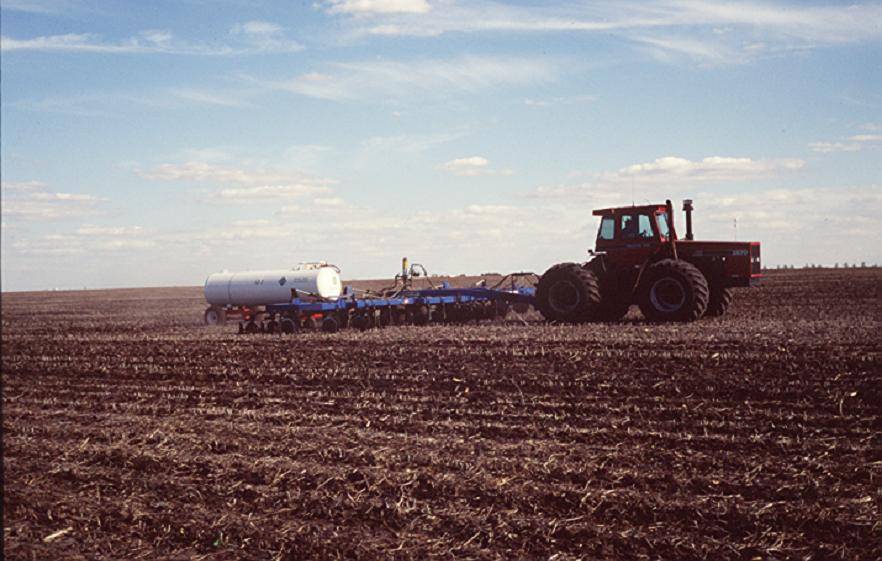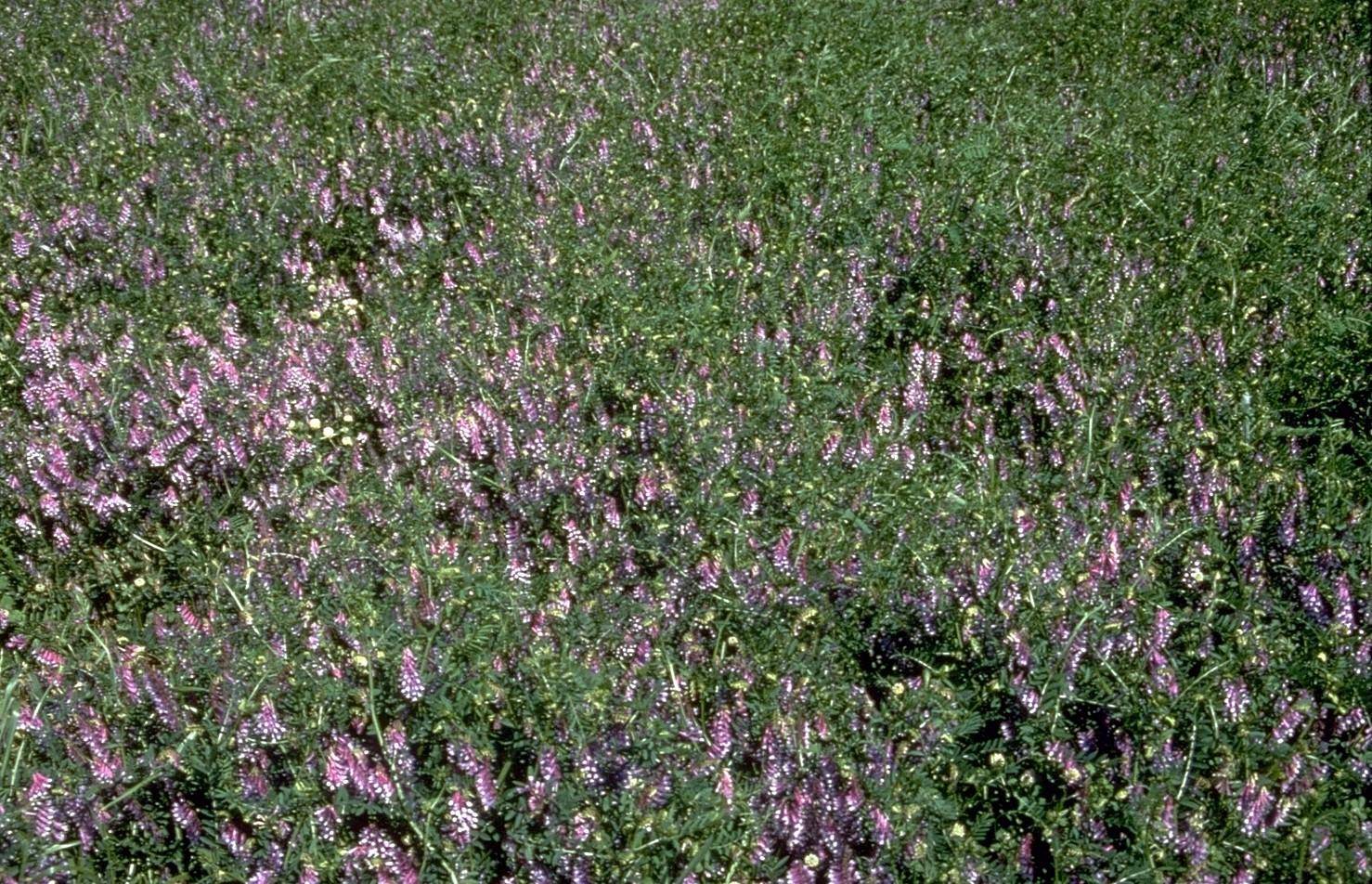Christina Tonitto, Ph.D.
Ecosystem Modeler
Agroecology
Maintaining yield, biodiversity, and the soil resource.

- Eutrophication of the Gulf of Mexico.

- Application of inorganic fertilizer to corn fields in Illinois.

- Re-coupling the addition of C and N to agroecosystems through N fertility management using legumes .
Research
My research in agroecosystems has emphasized quantitative comparison of management effects on perturbation of the N cycle. This work has combined extensive review of field results from the agricultural literature, statistical modeling of literature trends, and simulation modeling. An ecosystem management approach is the guiding framework of this research. This collaborative, interdisciplinary work focuses on reducing human perturbation of N cycling in agroecosystems through management which recouples C and N additions. Recognizing that agroecosystem management is largely determined by economic constraints imposed on farmers, this collaborative research emphasizes comparing conventional management to ecological management scenarios that are economically viable in the U.S.
Using meta-analysis to compare management of inorganically fertilized temperate grain systems, we have demonstrated that replacing winter bare fallows with a non-legume cover crop reduced nitrate leaching an average of 70 %, with no statistically significant change in crop yield. Our work has also demonstrated that legume-fertilized grain systems maintain yields comparable to conventional systems when legume establishment contributed at least 110 kg N per hectare, a legume growth rate observed in all climate zones in the U.S.
My agroecosystem modeling work has focused on altering the Denitrification-Decomposition (DNDC) model for application to tile-drained corn-soybean systems of the mid-western U.S. These grain systems are the dominant contributor of nitrate loading to the Mississippi Basin. We applied the DNDC model due to its mechanistic description of C and N cycling and widespread application in policy. We demonstrated that significant changes to DNDC were necessary in order to accurately represent nitrate leaching and drainage from these tile-drained Mollisol systems. Our DNDC simulations of agroecosystem management scenarios concluded that, relative to conventional systems, legume-fertilized rotations experienced a 30 % reduction in nitrate leaching. These modeling results converge on our meta-analysis results, suggesting well-managed legume-based systems can maintain crop yields and reduced nitrate leaching.
![]()